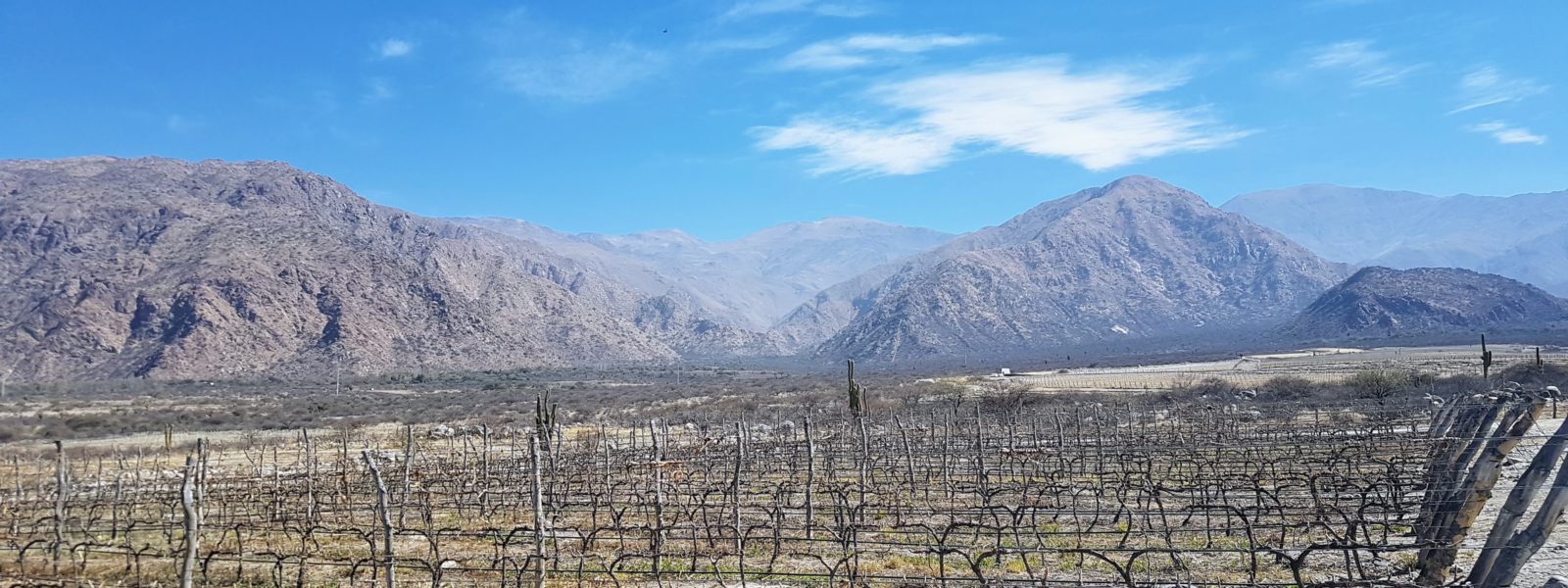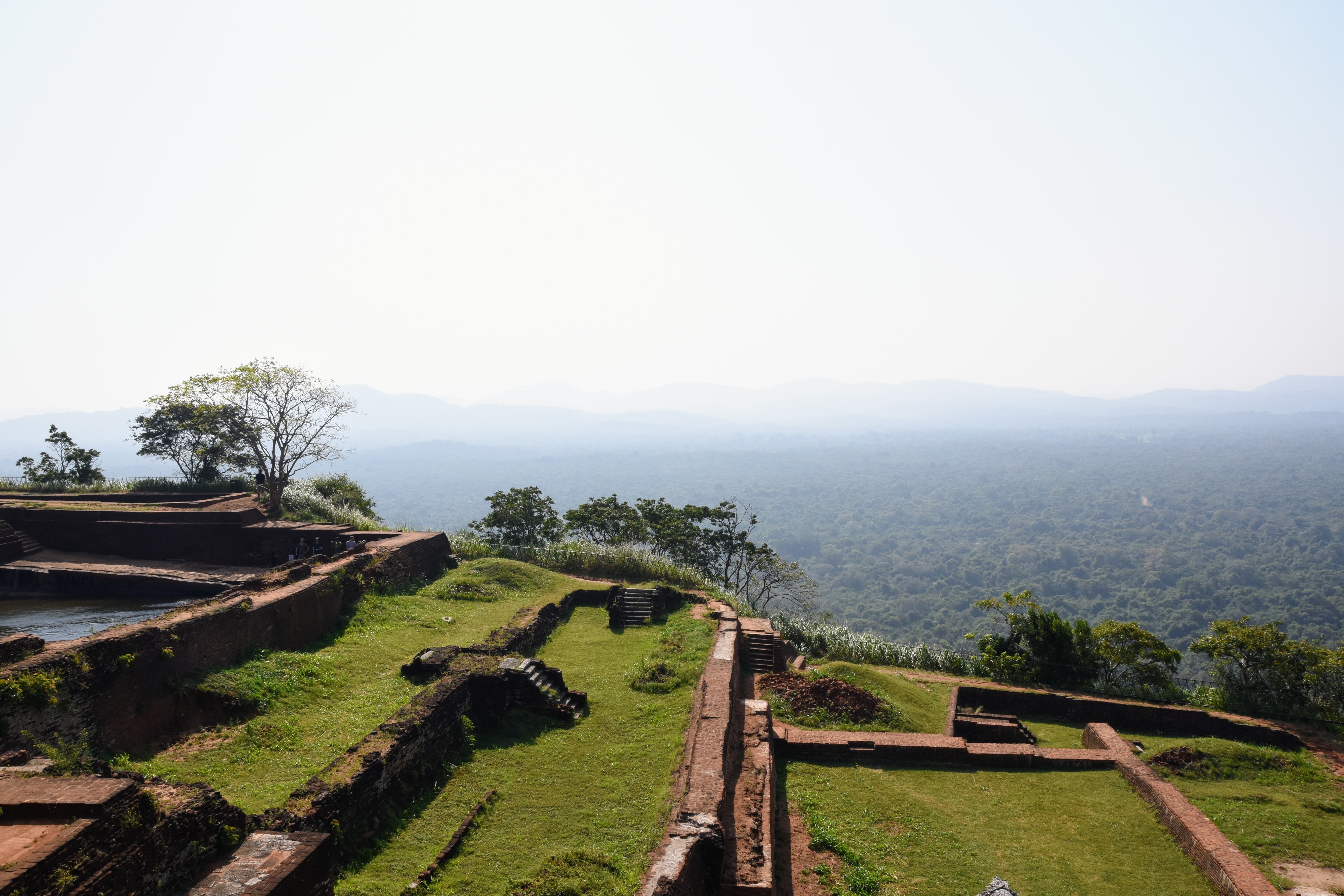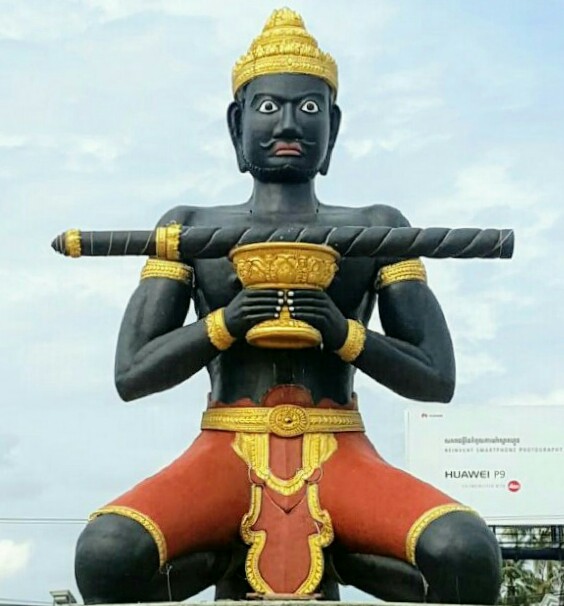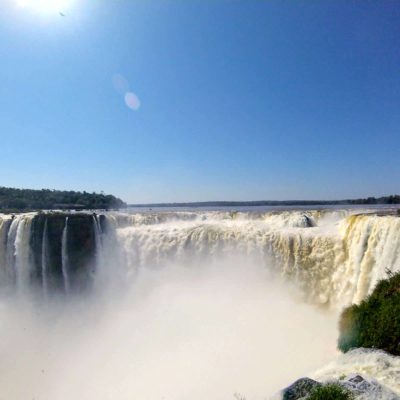Argentina is famous for her big bold Malbec red wines from Mendoza (an area that has always been on my must visit list – and which we will visit later in the year when the weather warms up a bit). We hadn’t realised that Northern Argentina (specifically the Salta region) has a fierce rivalry with Mendoza for the claim of the best wines. In fact, Salta produces the highest altitude wine in the world. We felt obliged to drop by and do some research on the wine quality!
We arrived in Salta after a long bus ride from San Pedro de Atacama in Chile and were immediately surprised by how big the city is! Our first impressions weren’t great – it seemed to lack character and to be a fairly generic city. Our impression wasn’t helped by the fact we arrived late on a Sunday and there was a public holiday on the Monday which meant that the city was dead and most things were closed. After a bit more exploring we lifted our view a little and decided that it may have been bad timing on our part as there were some cute shops and buildings around – just not open for us. Overall, I’d still only recommend the city of Salta as a jumping off point to nearby areas rather than a destination in its own right.
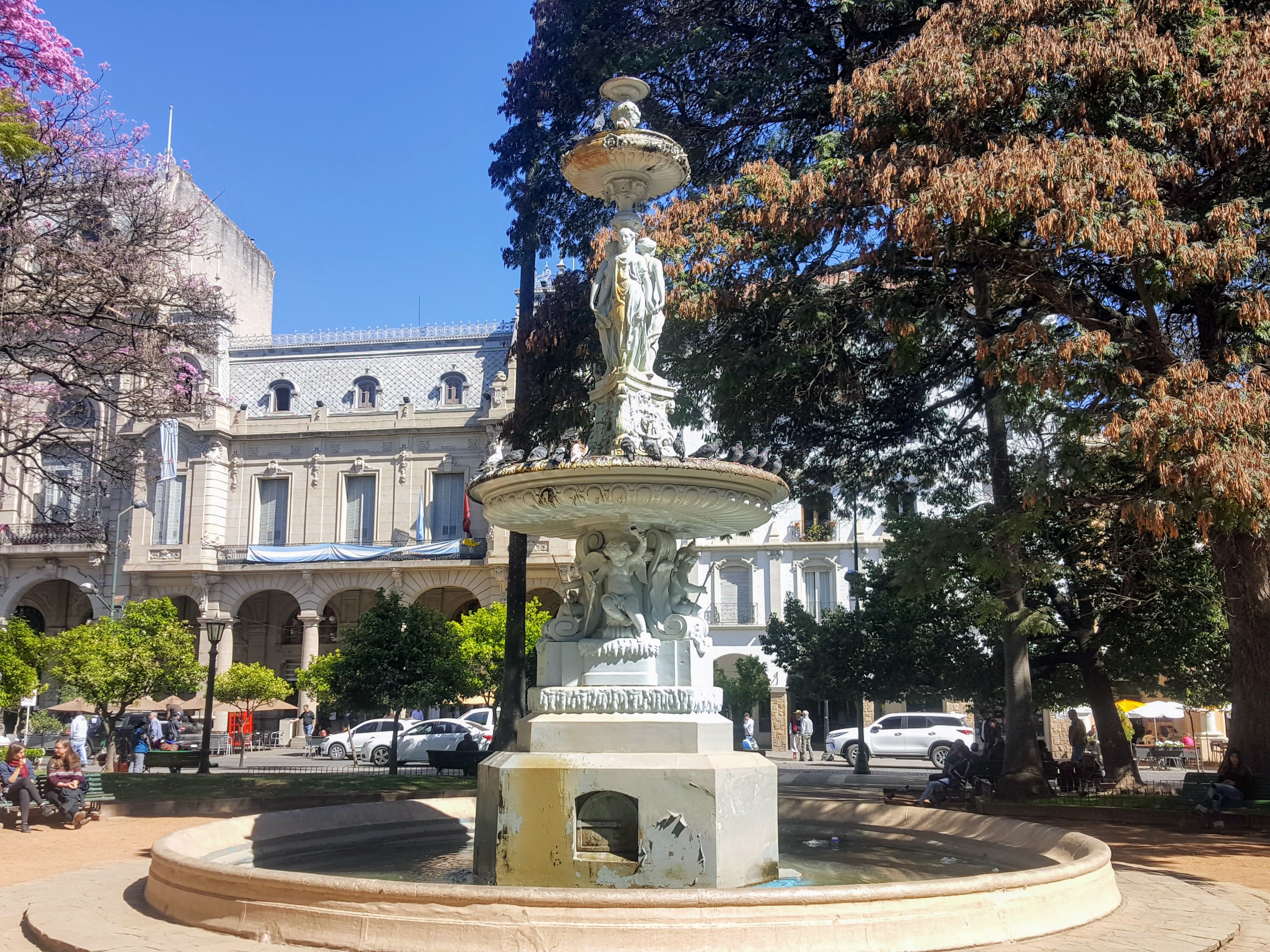


Salta did teach us one thing though – Argentina does great empanadas. This became our go to meal: 12 empanadades and a large beer to share.
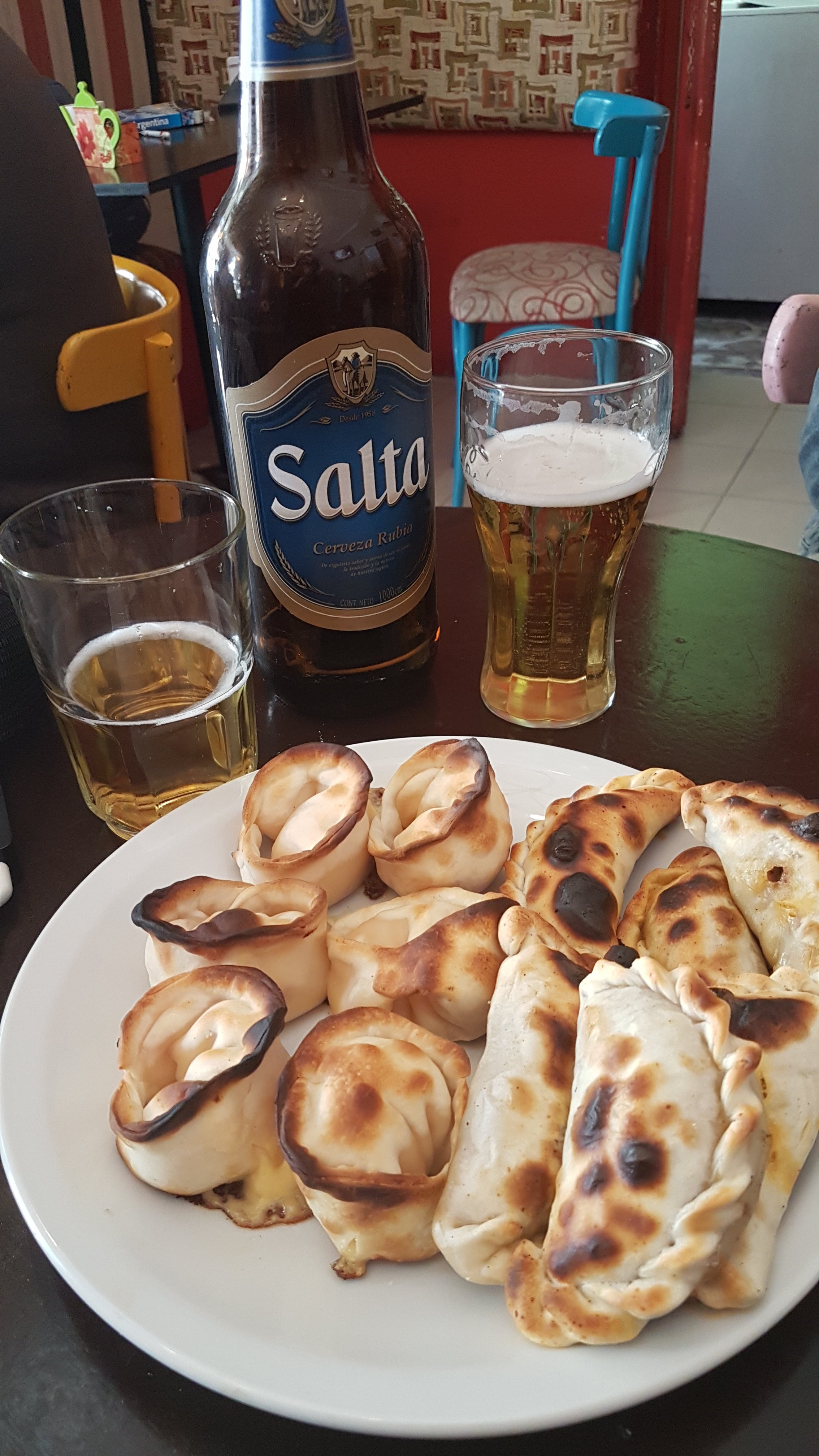
After two nights in Salta we were happy to head off on a three to four hour bus ride to Cafayate (pron: cafa-jate) – a small wine town surrounded by vineyards with plenty of bodegas in the town itself. Our first (and lasting) impression of Cafayate was very positive. It felt a bit like a South American / European Barossa Valley and was packed with restaurants and cute little cafes. The entire town can be walked in probably 20 minutes, though there are quite a few bodegas around where you can taste the local wines which will slow your progress.

To ensure we learned something other than the taste of wine we headed to the Museo de la Vid y el Vino (Museum of the Vine and Wine). We saw only a handful of other people inside the large, very modern museum (I guess everyone else prefers a more hands on the glass education and I’m confident my whole family would be disappointed in me making for this brief stop) but found it very informative. Mostly though it showed how fiercely proud Cafayate are of their wine history and wine.

Education complete we did of course sample wines at various bodegas (wine cellars) and restaurants in the town. The region’s most famous variety is a white wine called torrentès. Sorry to say but we weren’t big fans of most of the torrentès we tried but we did like some of the Malbecs (which were a lot softer than the Mendoza Malbecs) and red blends. The bodegas in town usually charge a few dollars for tastings and some require booking in advance. There are easily 10 bodegas within walking distance but to explore more you need a car (which was expensive so we didn’t hire one). Of particular note within the town are:
- Bad Brothers Wine Experience. A collaboration between a local winemaker and a wine maker from Nappa Valley. We loved the Mataca – a red blend with 60% Malbec. You can only get their wines at their cute restaurant though we did take an extra couple of bottles with us.
- Bodega Nanni which makes natural wines and has a cute area out back. We thought the wines were OK only though and the person running the tastings seemed disinterested.
We tried to go to some other bodegas in town but they were either closed or we had to make a booking, which we didn’t bother to do.
Whilst we enjoyed being in wine country, we also realised how spoilt we are with the wineries and the tasting experiences in Australia.
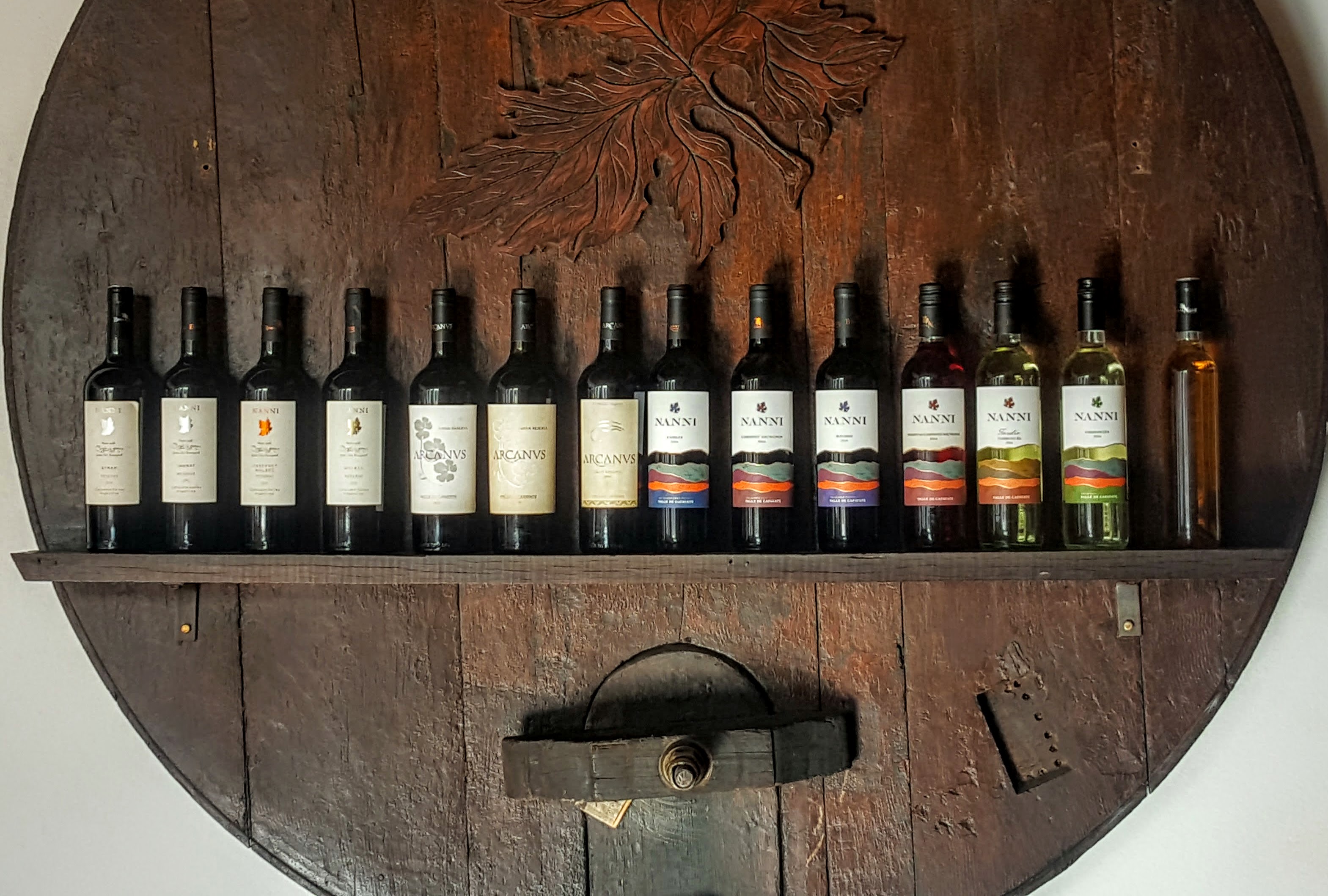
We highly recommend dinner at Pacha Restaurant in Cafayate. A really friendly small local restaurant serving great food and house wine. For $50 for two of us with wine we felt we’d had a top notch meal and our first great Argentinian steak.
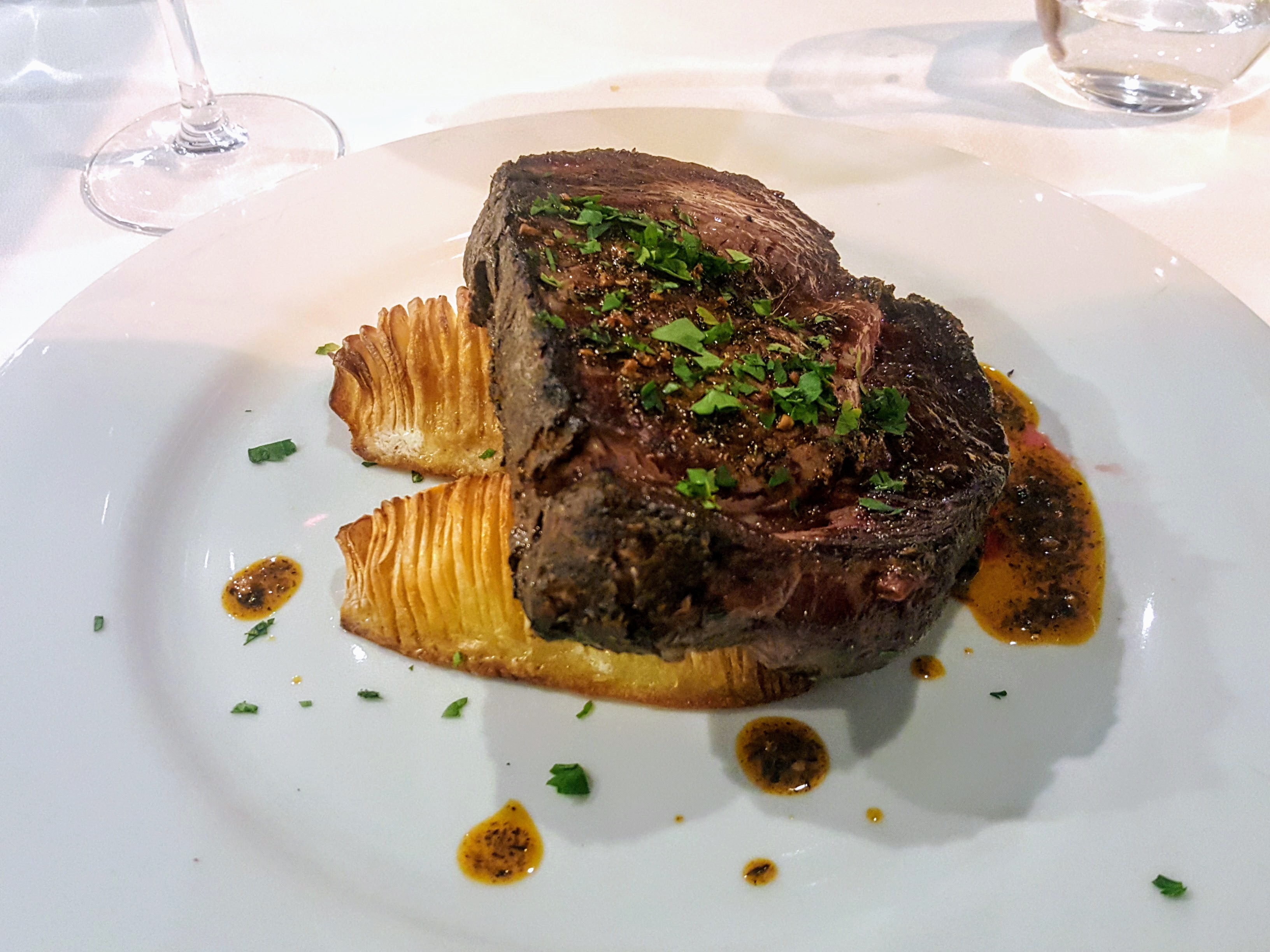
For a simpler lunch we had more empanadas at Casa de las Empanadas – this time we had to swap the beer out for local wine – we actually enjoyed the torrentès served here.
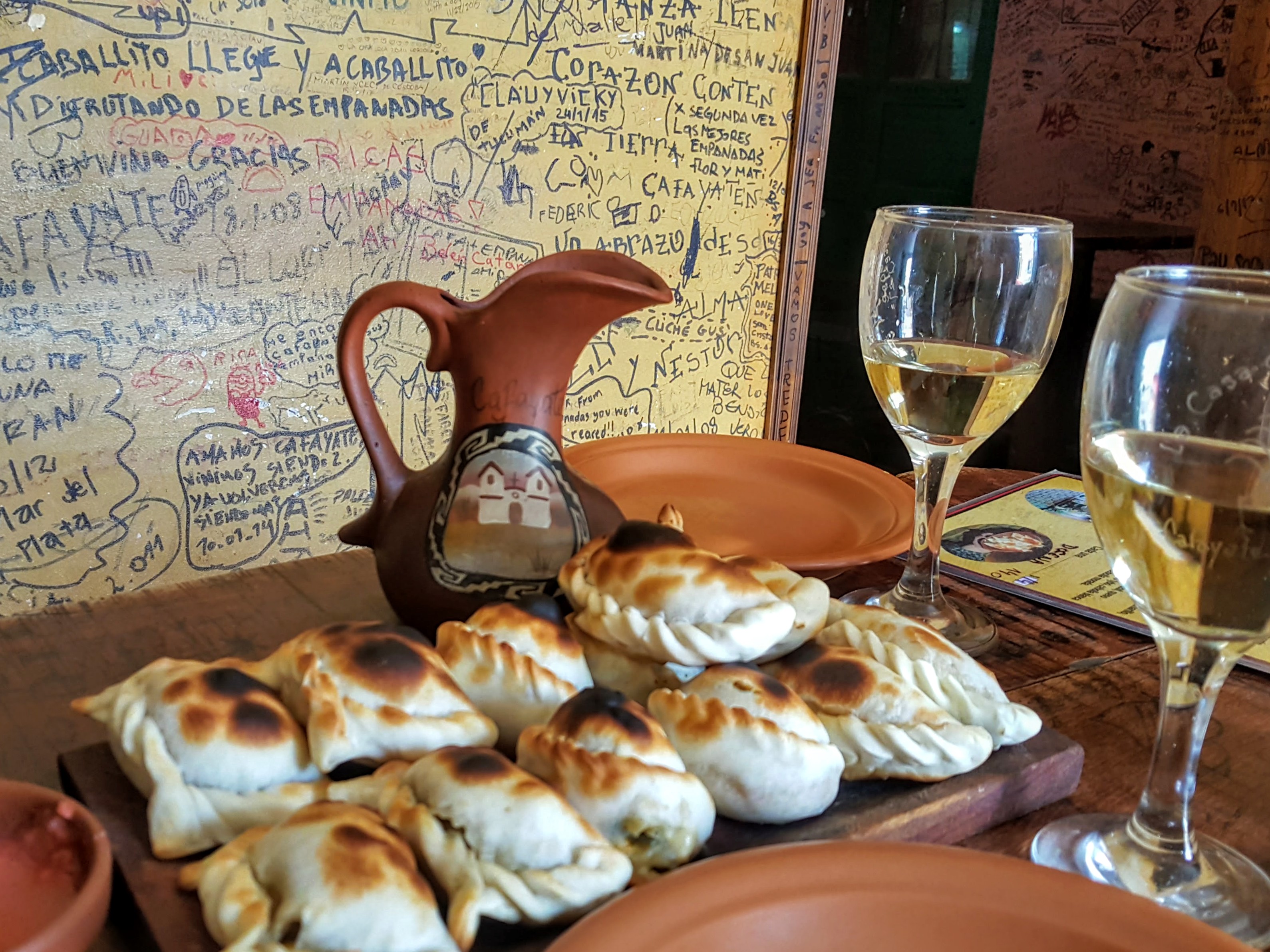
There is an ice cream shop in town specialising in helados made from real local white and red wines – Heladeria Miranda – the very sweet older lady who served us warned us they were strong and boozy – she was right!
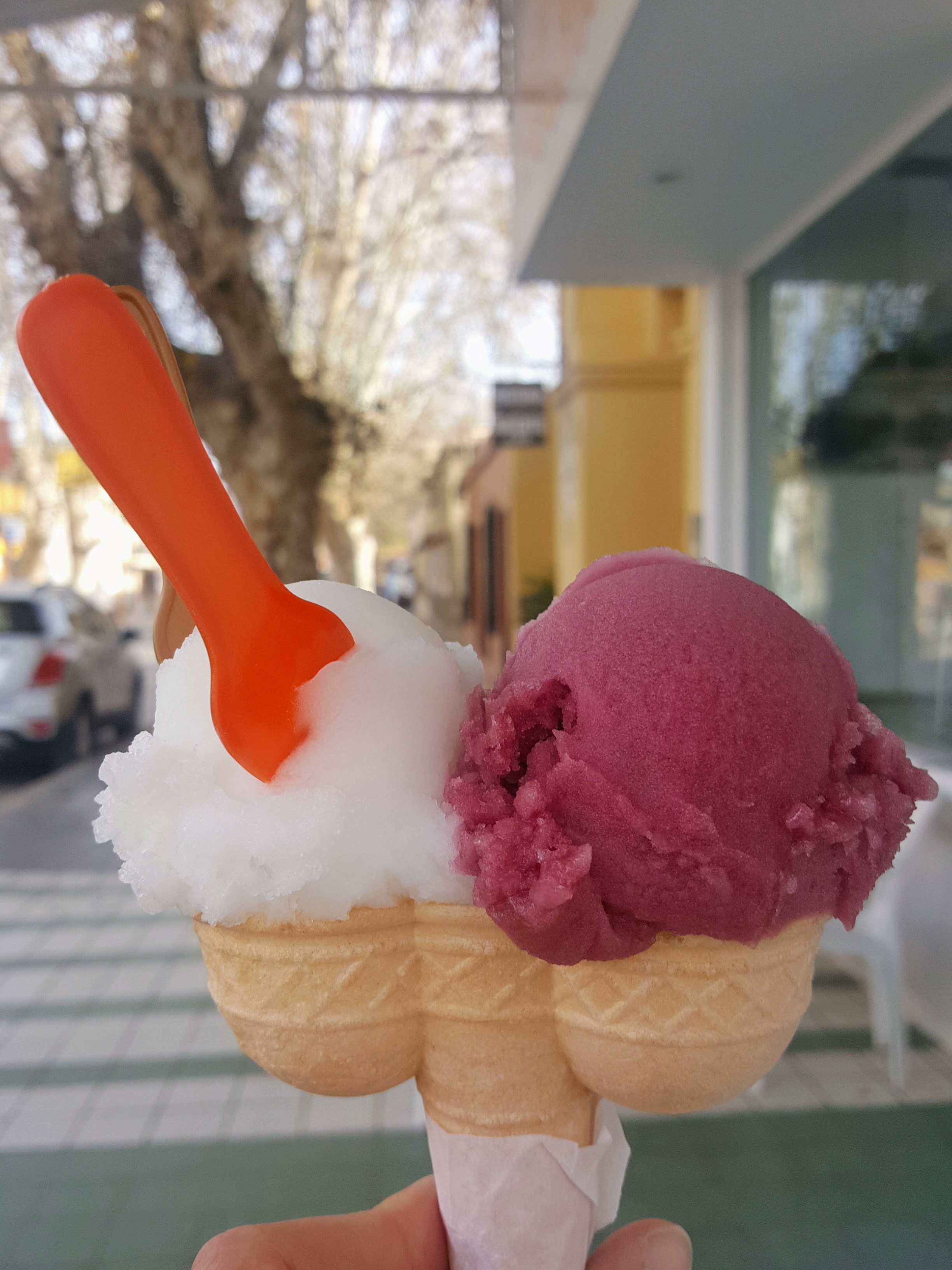
After exploring the town on foot we decided to hire bikes for a day and head out to one of the vineyards a bit further out of town. Bike rental places in town wanted up to a ridiculous $30 a day for hiring bikes but we found a sweet old guy hiring them out at a place called Taller a couple of blocks from the main plaza for about half the price.
Before hitting the vineyard we rode about 20 minutes out of town to Cabras de Cafayate a goat cheese farm with great reviews. It was… OK! We tagged along with a large group on a tour of the farm and realised that our Spanish lessons probably didn’t teach us many farming words (but I’m pretty sure cabra means goat). The tour ended with a quick tasting of the cheeses. I’d expected a nice intimate experience tasting some great cheese maybe with some wine – I was dissapointed.

We got back on the bikes and rode back past town and along a long, bumpy road towards our chosen vineyard for lunch. As we got closer we remembered that they like to grow wines at higher altitude which meant a pretty steep bike ride. We survived and arrived at the very picturesque Bodega Piattelli excited for an intimate wine tasting experience. Sadly we were sat in a wine tasting room with a bunch of other people to try very ungenerous samples of average wine. Not to be deterred we stayed on for a really nice lunch at the winery with great views over the vineyards. Because we visited in August the vines had not yet started to develop the new grapes so the views were less fruitful than they would be later in the year.
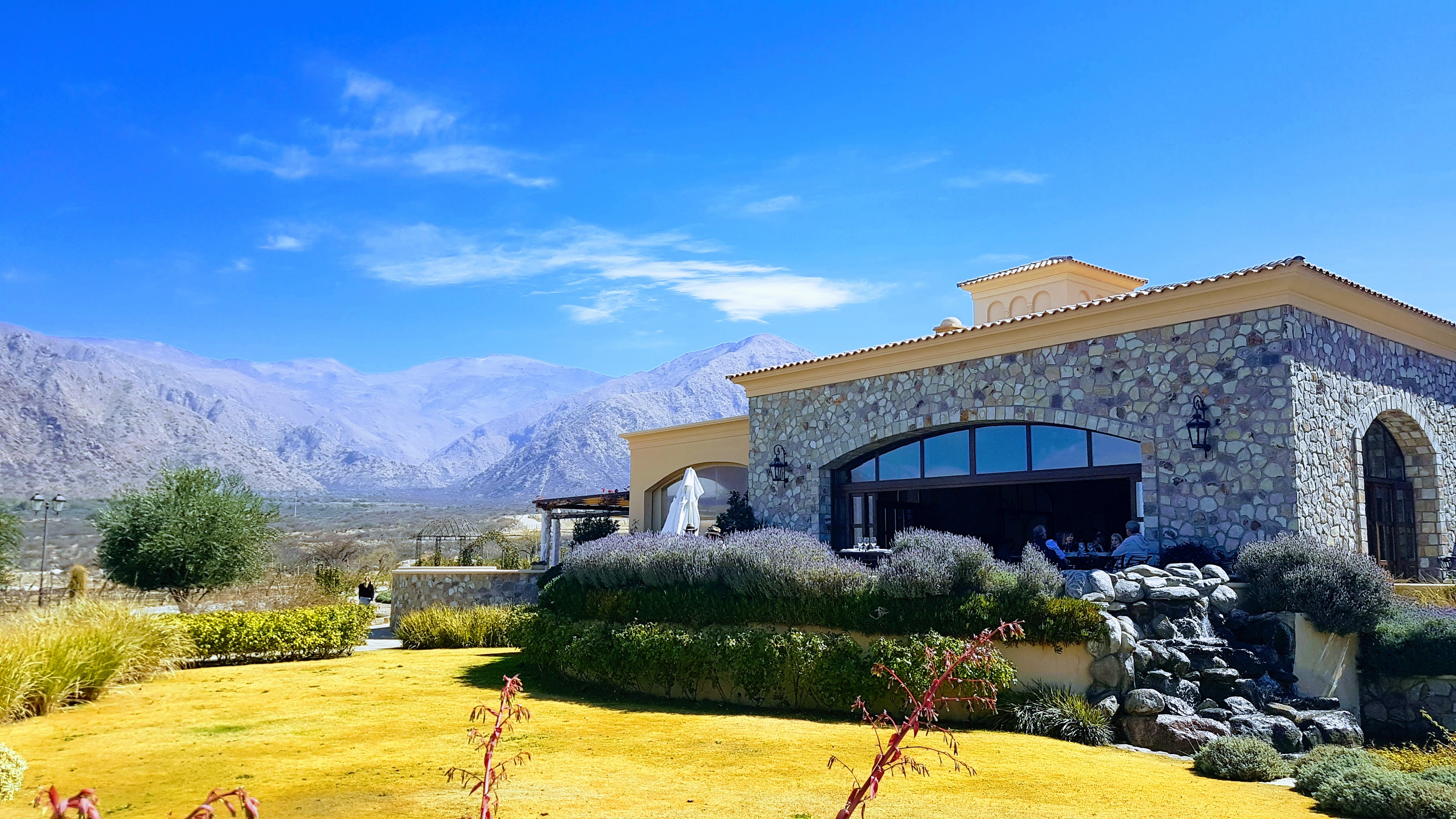
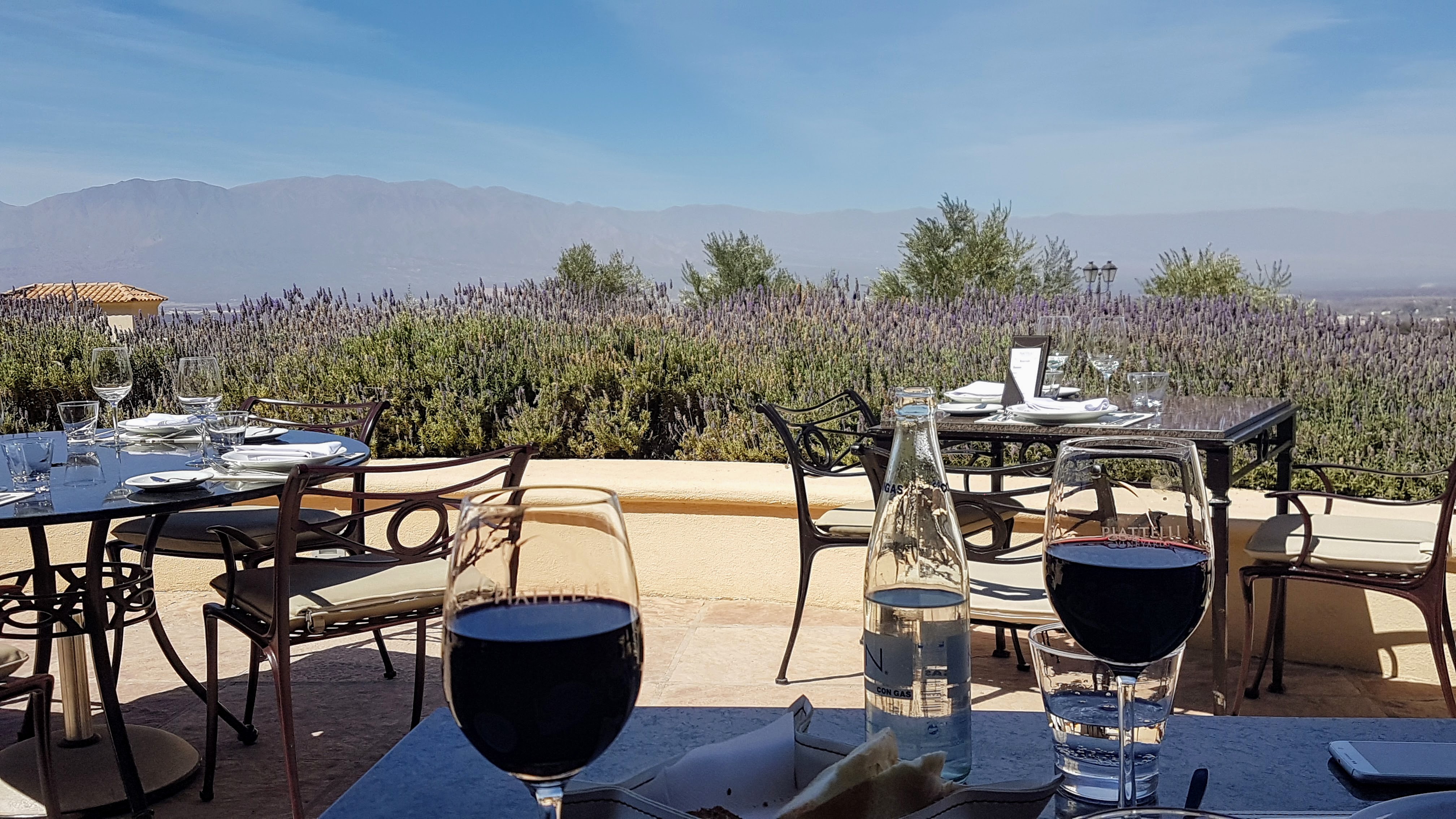
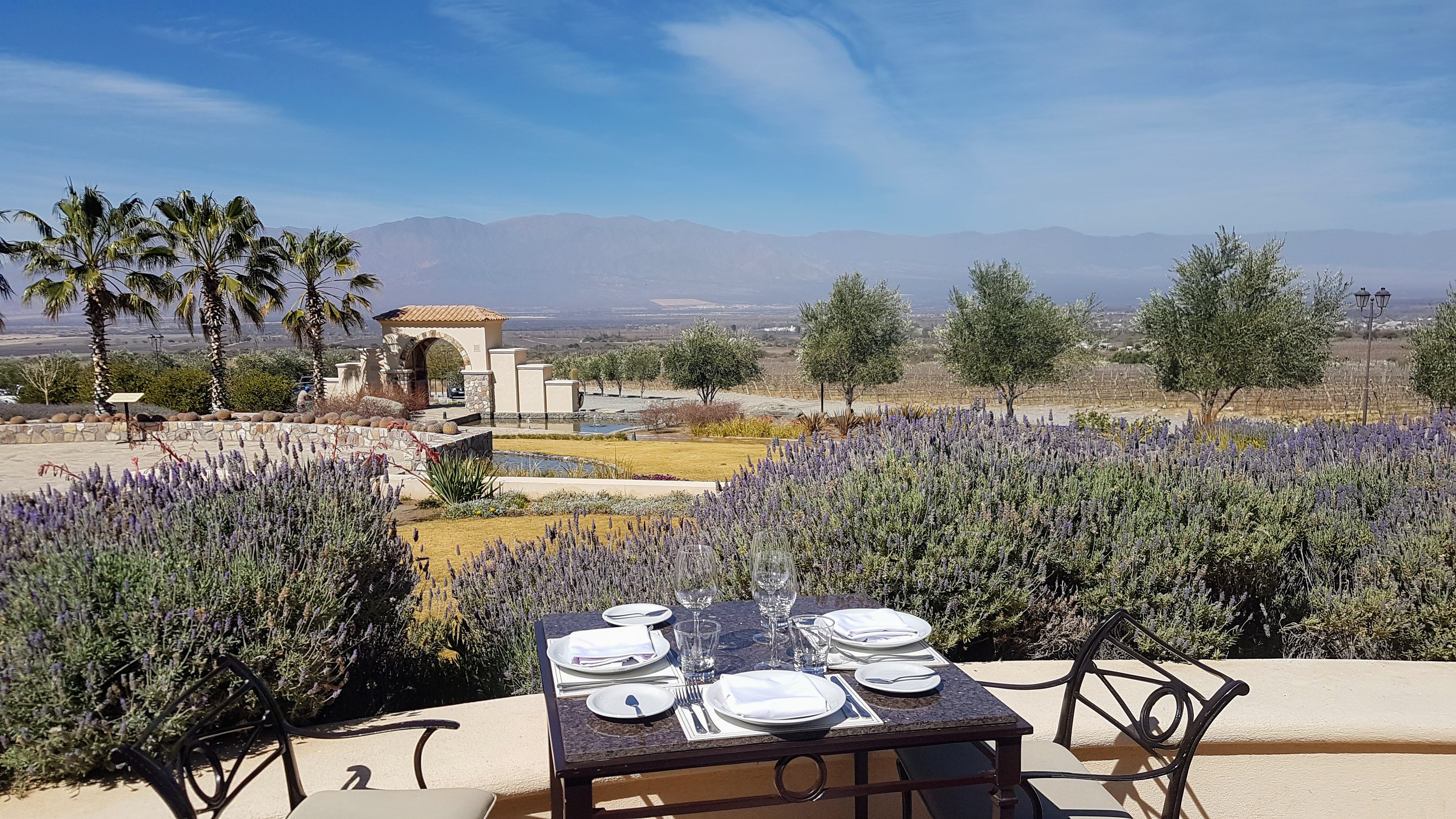
The good thing about riding up hill to a winery and drinking a few wines is that the ride home is a lot faster and more fun! We didn’t need to peddle at all as gravity softly guided us back to our hotel. Again a car opens up more possibilities for exploring the area and there are some popular routes with beautiful gorges, rock formations and scenery (or hard core cyclists can tackle some of the routes by bike).
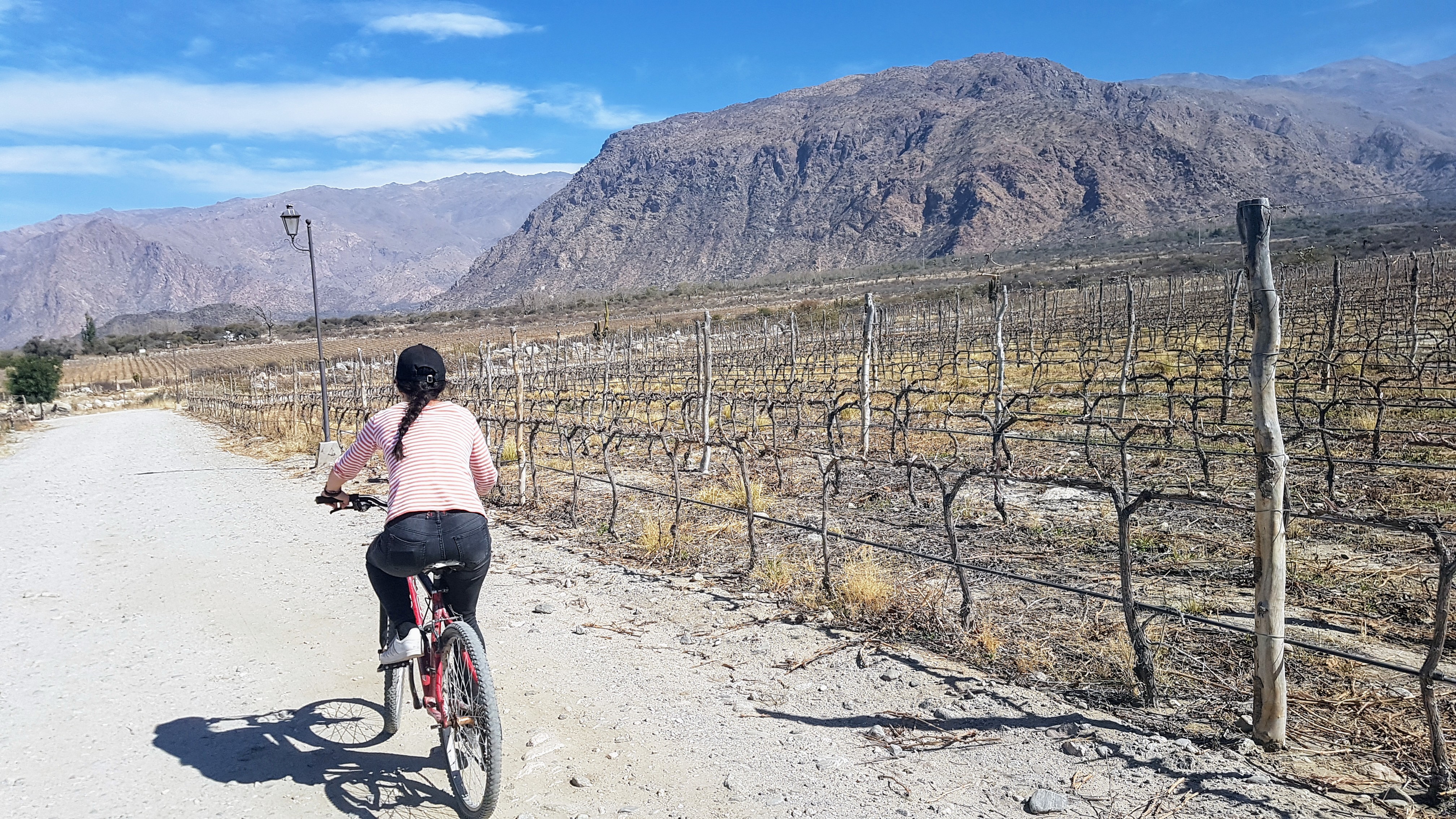
Our hotel in Salta was fine but not worth a shout out but both places we stayed at in Cafayate were excellent. We stayed the first night at Hostal Tierra de Vinos because the fancier hotel we wanted wasn’t available (after some time in the salt flats and then in an Airbnb on a construction site we decided we’d do Cafayate nicely!). Our first place was much nicer than we expected and we’d have happily stayed there if we didn’t have a booking for the next two nights at Casa Del Sol which turned out to be very nice also but double the price. We did enjoy having breakfast alone by the fireplace though – simple backpacker pleasures.
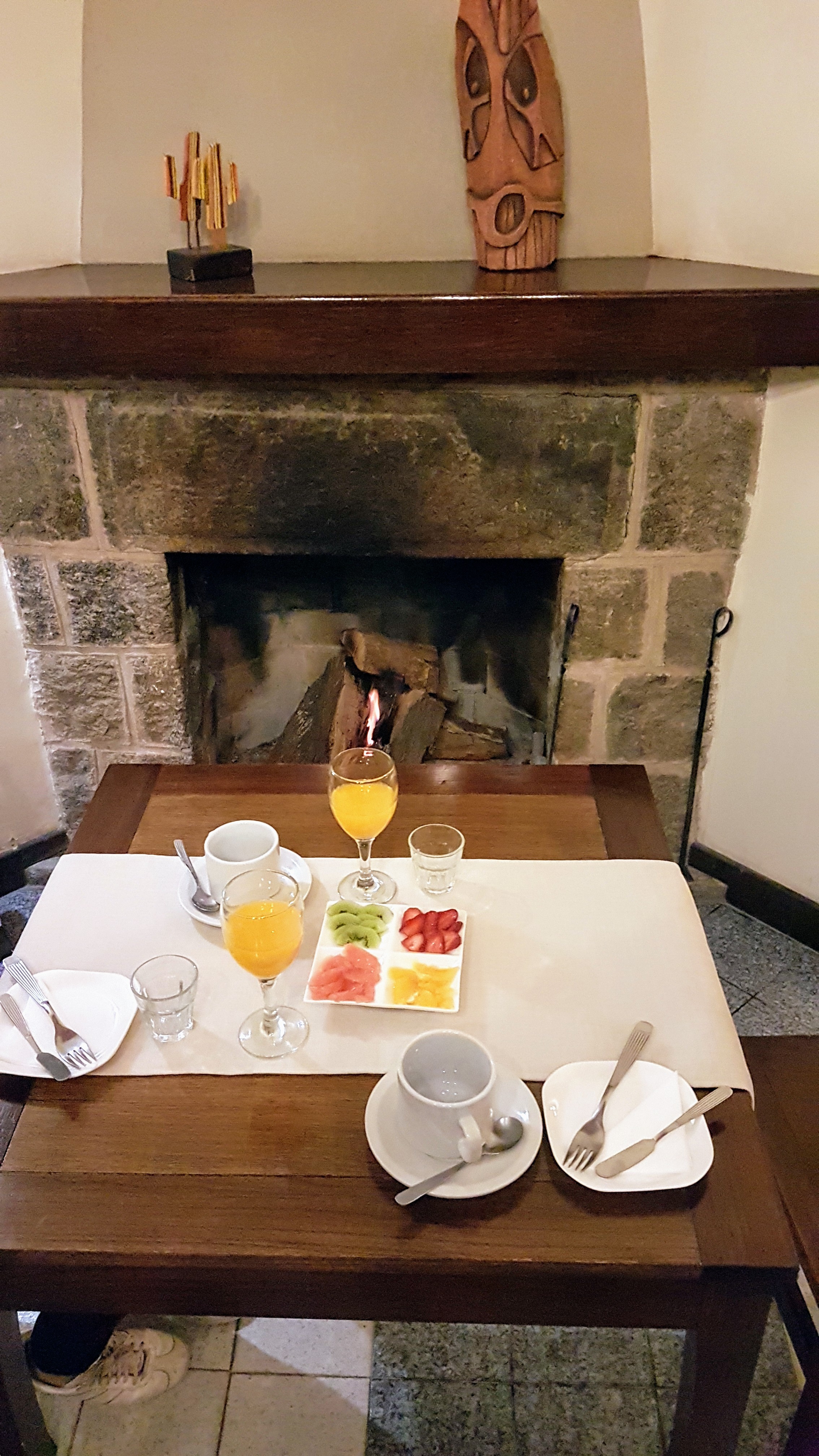
We jumped an early morning bus back to Salta to fly to our next destination – the Iguazu Falls!
